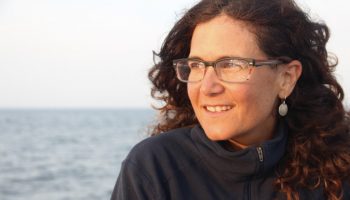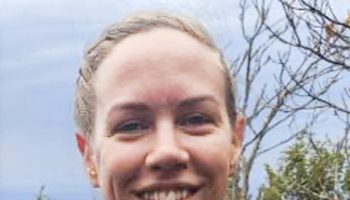
In 1891, philanthropist Henry W. Phipps wrote to Pittsburgh Mayor H.I. Gourley of his intention to “erect something that (would) prove a source of instruction as well as pleasure to the people” — complementing an already existing conservatory on the city’s North Side that bore the philanthropist’s name.
He stipulated, however, that both conservatories operate on Sundays — that way, the city’s working class could visit on their day of rest. The idea of using one’s leisure time for self-betterment was already a driving ethos of Chautauqua Institution, 170 miles to the north, and now more than 130 years after the creation of Phipps Conservatory and Botanical Gardens, the two nonprofits share yet another value: environmental sustainability.
Phipps — one of America’s oldest and largest conservatories — is a world leader in sustainable practices among gardens, zoos and aquariums. And since 1994, it has been led by president and CEO Richard V. Piacentini.
At 12:15 p.m. today in Smith Wilkes Hall, Piacentini will speak in a joint presentation of the Bird, Tree & Garden Club and Chautauqua Climate Change Initiative. His lecture, “Green Innovation by Botanical Gardens,” will explore how modern botanical gardens serve as centers for research, education and environmental innovation beyond their traditional role as plant collections.
Piacentini is largely responsible for guiding Phipps from public to private management, and for the green transformation of its facilities and operations. In a 2024 interview with Newsweek, Piacentini said he was considering renovations to Phipps’ buildings which, at that point, were 100 years old. The architect he hired told him about a new certification program that was gaining traction: Leadership in Energy and Environmental Design, or LEED.
“We were just kind of blown away,” Piacentini told Newsweek. “We had no idea that buildings had such an impact on the environment.”
What followed in subsequent years was the construction of the first LEED-certified visitor center in a public garden; the first LEED-certified greenhouses; the Tropical Forest Conservatory, one of the most energy-efficient in the world; and the Center for Sustainable Landscapes, arguably Phipps’ crown jewel of sustainability.
The CSL is one of the greenest buildings in the world — it generates all of its own energy and treats all storm and sanitary water captured on-site, and is the first and only building to meet seven of the highest green certifications from international accrediting programs.
But Piacentini wasn’t done; he wanted to take what Phipps had done and make it possible for other institutions. Thus was born The Climate Toolkit, a collaborative opportunity for museums, gardens, zoos, science centers, nature centers, field stations and related institutions who want to learn how to aggressively address climate change within their own organizations and inspire the communities they serve to follow their lead.
“A lot of people have no idea where to start,” he told Newsweek. Currently, there are 150 cultural institutions using Phipps’ toolkit for guidance.
“If you think of the collective power in this, there’s something like 100,000 museums in the world,” Piacentini said in his interview with Newsweek. “We need to lead by example.”
Institutions like Phipps are uniquely positioned to spearhead climate action, Piacentini said last year, for one simple reason: Museums are trusted, and they should use that trust to build public awareness of climate issues.
“Climate change is not going to be solved with just top-down solutions,” he told Newsweek. “I think museums can help in that role in generating that basis of support.”




